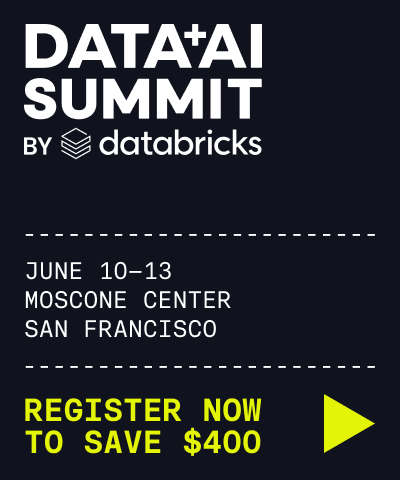Authentication and access control
This article introduces authentication and access control in Databricks. For information about securing access to your data, see Data governance with Unity Catalog.
For more information on how to best configure user and groups in Databricks, see Identity best practices.
Single sign-on
Single sign-on in the form of Google Cloud Identity (or GSuite) is available in Databricks by default. You use your Google Cloud Identity single sign-on for both the account console and workspaces. You can enable multi-factor authentication via Google Cloud Identity.
Optionally, you can configure your Google Cloud Identity account (or GSuite account) to federate with an external SAML 2.0 Identity Provider (IdP) to verify user credentials. Google Cloud Identity can federate with Microsoft Entra ID (formerly Azure Active Directory), Okta, Ping, and other IdPs. However, Databricks only interacts directly with the Google Identity Platform APIs.
Sync users and groups from your identity provider using SCIM provisioning
You can use SCIM, or System for Cross-domain Identity Management, an open standard that allows you to automate user provisioning, to sync users and groups automatically from your identity provider to your Databricks account. SCIM streamlines onboarding a new employee or team by using your identity provider to create users and groups in Databricks and give them the proper level of access. When a user leaves your organization or no longer needs access to Databricks, admins can terminate the user in your identity provider, and that user’s account is also removed from Databricks. This ensures a consistent offboarding process and prevents unauthorized users from accessing sensitive data. For more information, see Sync users and groups from your identity provider.
Secure API authentication
Databricks personal access tokens are one of the most well-supported types of credentials for resources and operations at the Databricks workspace level. In order to secure API authentication, workspace admins can control which users, service principals, and groups can create and use Databricks personal access tokens.
For more information, see Manage access to Databricks automation.
Workspace admins can also review Databricks personal access tokens, delete tokens, and set the maximum lifetime of new tokens for their workspace. See Monitor and manage personal access tokens.
For more information on authenticating to Databricks automation, see Authentication for Databricks automation - overview.
Access control overview
In Databricks, there are different access control systems for different securable objects. The table below shows which access control system governs which type of securable object.
Securable object |
Access control system |
|---|---|
Workspace-level securable objects |
Access control lists |
Account-level securable objects |
Account role based access control |
Data securable objects |
Unity Catalog |
Databricks also provides admin roles and entitlements that are assigned directly to users, service principals, and groups.
For information about securing data, see Data governance with Unity Catalog.
Access control lists
In Databricks, you can use access control lists (ACLs) to configure permission to access workspace objects such as notebooks and SQL Warehouses. All workspace admin users can manage access control lists, as can users who have been given delegated permissions to manage access control lists. For more information on access control lists, see Access control lists.
Account role based access control
You can use account role based access control to configure permission to use account-level objects such as service principals and groups. Account roles are defined once, in your account, and apply across all workspaces. All account admin users can manage account roles, as can users who have been given delegated permissions to manage them, such as group managers and service principal managers.
Follow these articles for more information on account roles on specific account-level objects:
Databricks admin roles
In addition to access control on securable objects, there are built-in roles on the Databricks platform. Users, service principals, and groups can be assigned roles.
There are two main levels of admin privileges available on the Databricks platform:
Account admins: Manage the Databricks account, including workspace creation, user management, cloud resources, and account usage monitoring.
Workspace admins: Manage workspace identities, access control, settings, and features for individual workspaces in the account.
Additionally, users can be assigned these feature-specific admin roles, which have narrower sets of privileges:
Marketplace admins: Manage their account’s Databricks Marketplace provider profile, including creating and managing Marketplace listings.
Metastore admins: Manage privileges and ownership for all securable objects within a Unity Catalog metastore, such as who can create catalogs or query a table.
Users can also be assigned to be workspace users. A workspace user has the ability to log in to a workspace, where they can be granted workspace-level permissions.
For more information, see Setting up single sign-on (SSO).
Workspace entitlements
An entitlement is a property that allows a user, service principal, or group to interact with Databricks in a specified way. Workspace admins assign entitlements to users, service principals, and groups at the workspace-level. For more information, see Manage entitlements.
